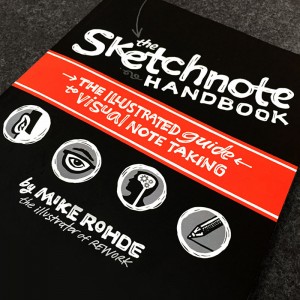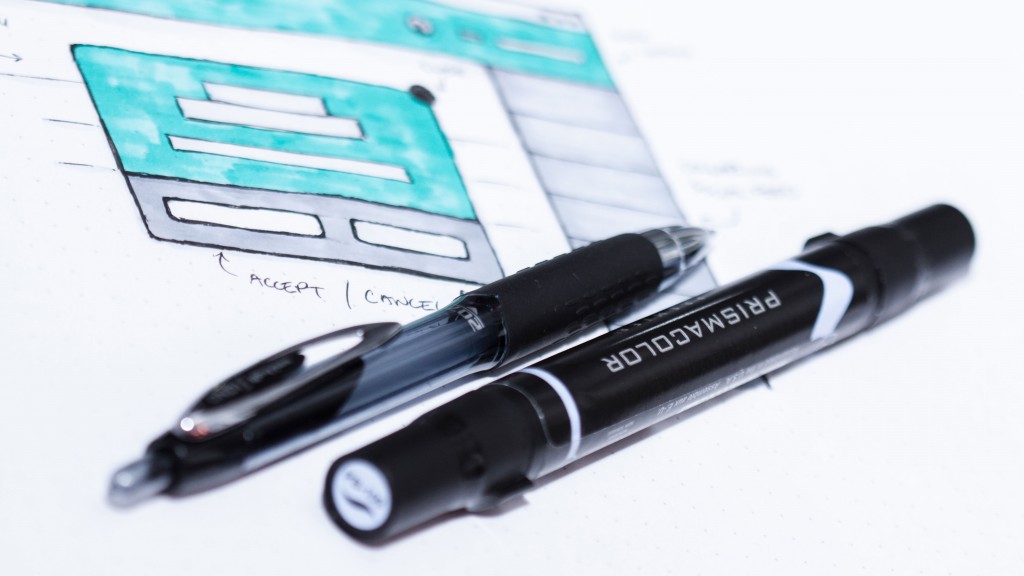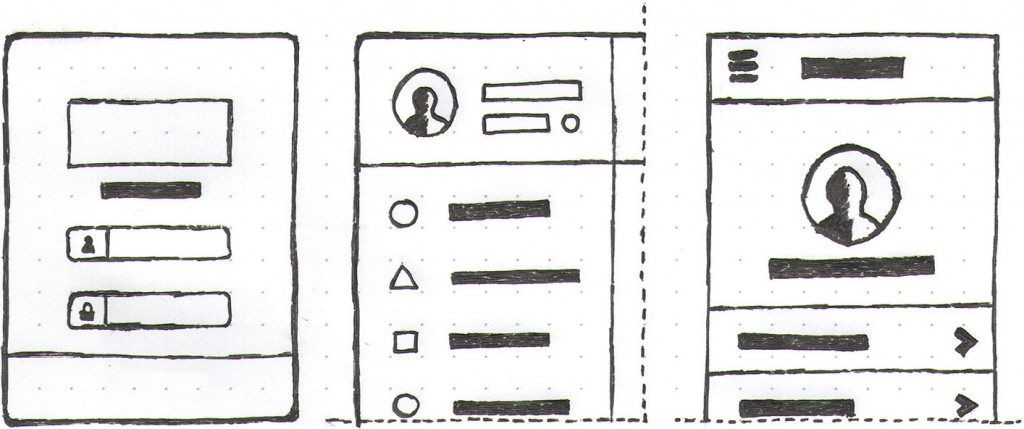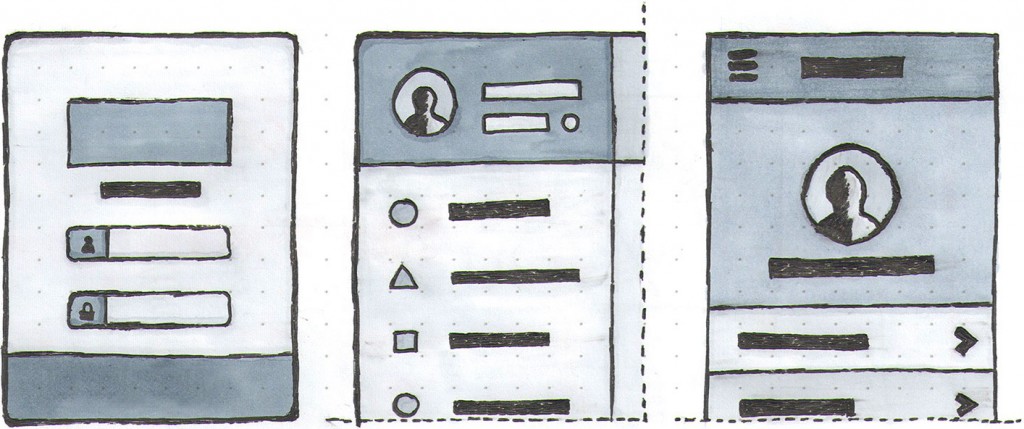In the course of every project or endeavour, there is an inevitable need for open discussion and the effective capture of ideas, goals, and requirements. Whether you’re taking notes, doing UI/UX planning, or are deep into design, taking a step back to leverage sketching can prove to be a key part of a productive creative process.
Sketching allows you to freely and more quickly explore concepts and solutions without involving a more rigid digital design tool like Photoshop or Sketch. There are no rules or constraints, just the freeform expression of ideas.
Bring on the excuses…
A common reason for not communicating this way is the excuse “but I can’t draw”. What really singles out an effective sketcher isn’t an artistic skill set, but the ability to focus on the aspects that matter most, in the least amount of detail required to communicate simply. You may not be producing works of art, but working at your comfort level and finding your style will represent a harmony of speed and precision that allows you to get your ideas out effectively.
There are many different circumstances when sketching can be used, and as long as you’re always prepared to sketch, you’ll never miss them. Consider sketching to accompany note-taking and confirm concepts during meetings and discussions. The extra effort put into this documentation will resonate with you when you revisit the information.
 One of my favourite resources that reinforces these concepts is The Sketchnote Handbook by Mike Rohde. It’s a very digestible guide filled with tips and the principles behind capturing ideas through sketching.
One of my favourite resources that reinforces these concepts is The Sketchnote Handbook by Mike Rohde. It’s a very digestible guide filled with tips and the principles behind capturing ideas through sketching.
The more you can flesh out quickly in your sketches, the less time you’ll need to get your concept off the ground when moving to a digital format. By that phase, the groundwork is laid, and you’re left with a blueprint to help keep the core concepts top of mind.
Equip tools that influence the process
An important part of sketching, and your mentality as you approach it, are the tools and techniques.
Using a notepad or notebook to capture and collect gives you a destination for these ideas and helps you build up an idea catalog. My pad of choice is the Rhodia Dotpad No 18. The subtle dot grid pattern provides sufficient guidance and doesn’t interfere if sketches are scanned in and shared, while the A4 paper size provides plenty of room to explore your concepts.
I also greatly prefer working in pen over pencil. Not being able to erase my lines forces me to make meaningful decisions and commit to expressing the idea at hand before iterating on it and exploring others in new sketches. The pen that I use for the sketching, note-taking and annotating portion of my sketches is the uni-ball Signo 207. It has a great feel, and the fast flowing gel ink applies easily without much pressure. It dries quickly and is surprisingly resistant to the bombardment of marker ink that follows.
After the pen sketch is complete, I follow up by colouring it in. Taking the time to colour your sketches provides meaningful feedback as you make preliminary decisions on visual treatment. For this I use alcohol-based permanent markers. The properties of these inks allow for excellent coverage without interfering with the pen outlines. Their additive nature allows for subtle shading by simply revisiting dryer already filled areas. Grey shades will provide the most value when rendering out your sketches, and come in cool and warm tones. Even a small range from light to darker (for example 20%, 40%, 60%) will go a long way for defining details and intent. Supplementary colours can be used as well and are helpful for highlighting features, call to actions, or when starting to define colour.
Another tool that I’m a real fan of is Paper for the iPad. It’s an inspiring drawing tool that when paired with it’s Bluetooth companion stylus “Pencil”, allows you to quickly create digital sketches in a style that very closely mimics pen and paper sketches.
Reflection period.
Getting your ideas out is just the beginning. For me, reflecting on my sketches is critical to reinforcing the concepts and continuing to evaluate how a solution meets its requirements. I’ll often leave active or recent sketches out on my desk to keep them on my mind. This generally encourages additional thought or follow up to an idea with enhancements or additional colouring.
Annotating sketches is also very important to ensure they’re understood when revisiting or sharing them with others. There is also something to be said about beginning a sketching by writing down your requirements and goals. These considerations can be used while sketching to guide the outcome, and provide valuable reference once you started to explore the design digitally.
Practice makes perfect sketchy
Your notebook becomes a timeline of your work, and will show progression in how you think and continue to refine your communication skills. Keep all of your sketches, and only discard ones that don’t have an idea associated with them.
Show your sketches to others to aid with communicating concepts and idea. Sketches that are clear and relatively presentable make excellent visual aids for pitch decks and presentations. Their ability to simply communicate complex ideas often spurs discussion that can continue to drive and refine the concept.
Working at your comfort level and finding your style will represent a harmony of speed and precision that allows you to get your ideas out effectively.
Using sketching to plan, explore and present your work is something that should be a fun and freeing experience. I would encourage everyone to give it an honest chance to positively influence the way they approach concepting and communication. Just remember, before exercising your creative brilliance, don’t forget to sketch.
Let us know what you think, and what tools and techniques work for you.




